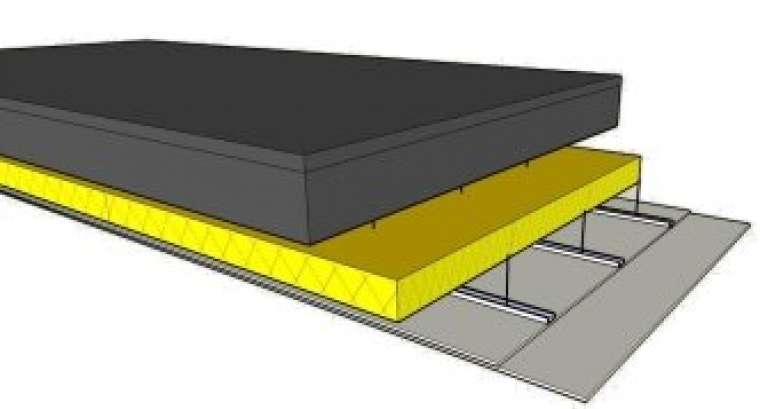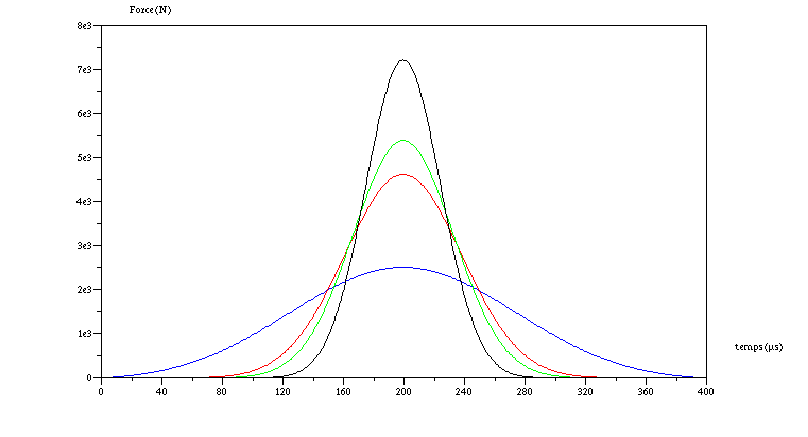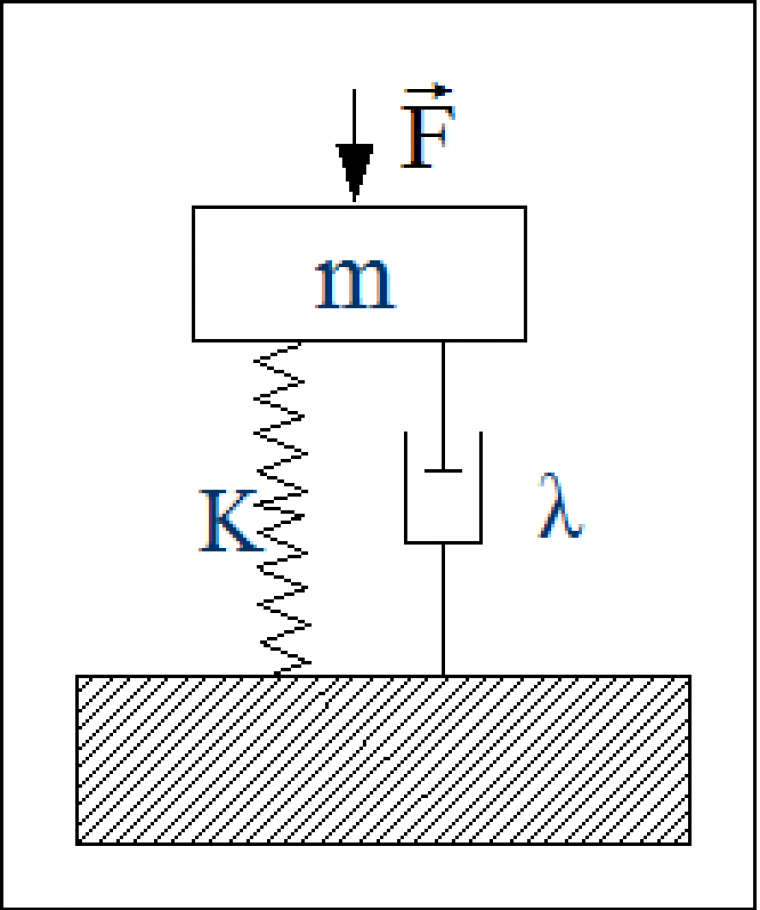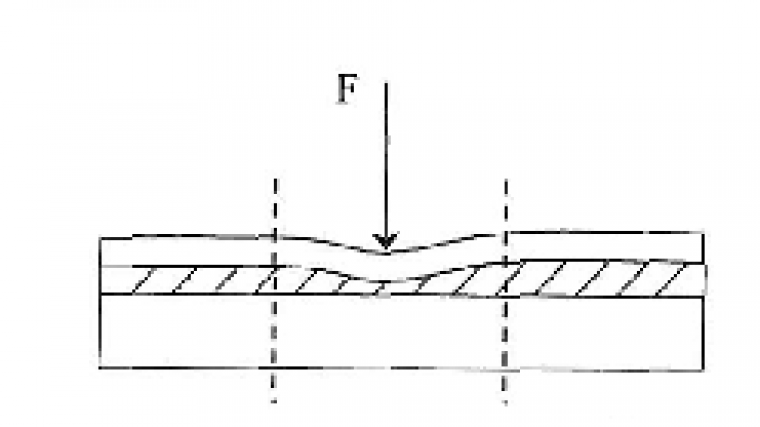Home › Software development › AcouS STING®
Home › Software development › AcouS STING®
AcouS STING® is impact noise level prediction software. It complies with ISO 712-2 and is a part of the software suite AcouS STICS21®. Impact noise is the second relevant criterion for assessing the acoustic performance of a simple or complex floor. It also allows to evaluate the performance of floor coverings. Results are presented in graphs and/or tables.
Le logiciel AcouS STING® software also allows the calculation of rain noise levels Li.
Our inter-company training courses take place online but can also be carried out in your offices on request throughout France and abroad.
AcouS STING® software is a simple and adaptable tool that allows you to :
The results are presented as graphs and/or tables showing the overall values in accordance with ISO 717-2, 10140-5 and 10140-1/K.

Suspended ceiling simulation
Today AcouS STING® allows you to assess the level of impact noise floor complexes and by extension improve the noise impact of coatings or false ceilings associated with these floor complexes.
The level of noise impact of a floor can be measured in a laboratory specially designed for this purpose (cutting of cell transmission and reception, shapes and sizes of cells...).
However, this criterion depends on a very large number of parameters : thickness, density, stiffness of the constituent materials,...
Under these conditions, the number of walls to be tested is infinite and a uniquely experimental approach, by the time and cost it represents, can not suffice.
Predicting appears to be an essential complementary approach.
Far from being mutually exclusive, the two approaches - laboratory measurement and predictive calculation - are complementary and essential to each other:
The is a simulation tool the level and improvement of impact noise.
The acoustic intensity level producted by a rigid material under the effect of the rain can be calculate by AcouS STING.
It handles the cases of :
AcouS STIFF® software can perform calculations and projected levels of improvement in impact noise :
The model is based on an energy balance sheet of the slab
![]()
The energy injected by the hammer is distributed between the radiated energy and the dissipated energy.
The radiated energy is mainly controlled by the coefficient of radiation. The coefficient used is similar to that usually used finite thin plate and thus takes into account the dimensions of the plate and in particular the thickness which controls the critical frequency.
The dissipated energy is controlled by the coefficient of total losses, which included losses by internal viscosity and peripheral losses.
The injected energy is calculated from the characteristics of the hammer and takes into account the elasticity of the shock upon contact allowing a better approximation of the spectral density.

Temporal shape of the impact depending on the coating
The model is a mass-spring type. This calculates the frequency response of the filter in order to evaluate the relationship between the applied force on the bare floor and the applied force across the floating system. This filter is mainly driven by the resonant frequency by the radio of impedance place / hammer and the loss factor. You deduce the ΔL of the relationship between these two forces.

Floating screed
This model is based on the same principle as the previous one with the difference that the mass of the system is also flexible. We must therefore evaluate differently the force applied by the hammer on the coating. We therefore calculate the force applied according to the temporal evolution of the contact and the relative deformation of each element of the contact.

Soft floor
FULL HOMOGENOUS FLOOR SLABS
COVERING OF HARD FLOORS
COVERING OF FLEXIBLE FLOORS
SUSPENDED CEILING
Training goals : :
People concerned : :
The course is valuable for engineers who design or prescribe the walls, including :
For further information, please contact Marion Lorin
For all our software, a complete range of products and services is at your disposal :
This maintenance contract provides among other things : the maintenance of the software and the dongle, the delivery of software updates for free for holders of the maintenance contract, phone support, special discounts on other software
Each year a new version containing additions or changes in the software is available.
We regularly organize inter-company and intra-company training courses on the use of the software.
Each year and each software program, at least one day of information and discussion is held with the users of such software.
We can do calculations of acoustic simulations on request with the use of our software. You can avail of these services free or at very favorable terms for an annual fee.
For more information, please contact us
You will find below answers to some questions you ask and which we hope will give you the information you seek.
In the AcouS STING® there are two types of coatings : flexible coating such as PVC, linoleum, carpet, rubber... and hard floating surface coating such as floating screeds, underfloor heating, tile on mini screed, floating floors...
Yes, here are some examples of the tiles under the supports and associated layers that the software takes into account :
Example 1 : solid concrete slab with polyethylene
Example 2 : honeycomb slab with polyurethane
Example 3 : the solid wood floor with the textile fibers
Example 4 : the floor plate with bitumen + fibers
etc....
We can calculate the impact noise level of a CLT-type solid floor. It is not possible to calculate the impact noise level of a lightweight OSB type floor on joists. But a test report can be used instead in the ΔL+Ln+ΔR calculations.
Regarding this question, several points:
AcouS STING assumes an inert support floor, which is not really the case for CLT with a floating screed, as the mass of the screed is greater than the mass of the floor. So there are two ways of adjusting:
- or bare CLT + floating floor covering, adjusting the Young's modulus of the underlay to calibrate the test report (from memory, this works well with screed + domisol).
- or by considering an equivalent floor, a single solid slab wall of total CLT+slab thickness and equivalent density to obtain the right mass per unit area with Young's modulus = CLT Young's modulus and surface Young's modulus close to the concrete surface Young's modulus (2e10Pa). From memory, this works well for CLT+ASSOUR, but the loss factor can be reduced by the presence of the underlay.
You can also contact us directly by telephone on 05.62.24.36.76